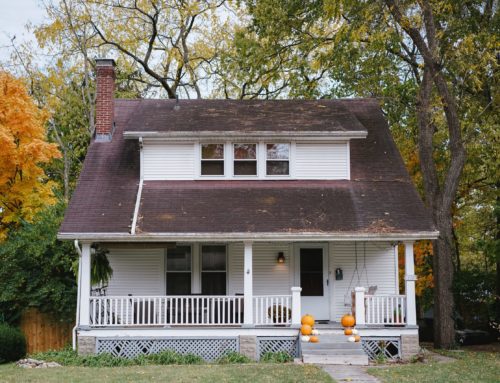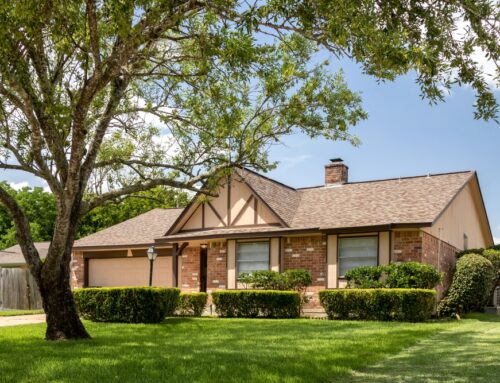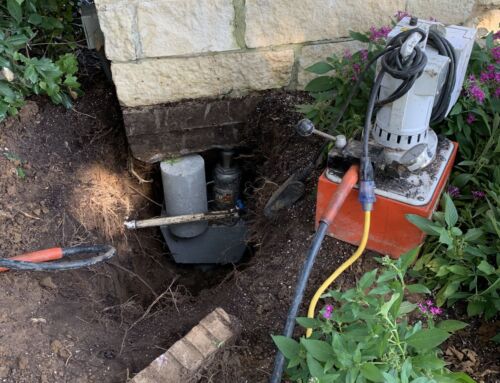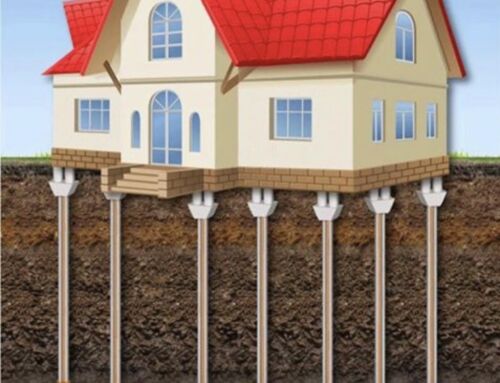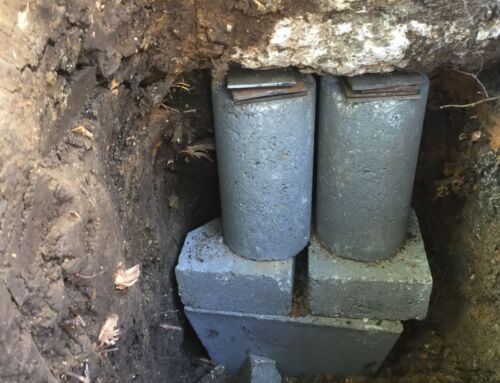When it comes to foundation repair, choosing the right type of pier is crucial for stabilizing your home and preventing future damage. Steel piers and concrete piers are the two most common solutions for addressing foundation issues, and each has its own advantages depending on the circumstances. In areas like Arlington, Fort Worth, and Grapevine, Texas, where expansive clay soil can wreak havoc on foundations, understanding the differences between these two options can help you make an informed decision.
What Are Steel Piers?
Steel piers are long, durable pipes made of galvanized or coated steel that are driven deep into the ground beneath your foundation. These piers are installed using hydraulic equipment that pushes them into the soil until they reach bedrock or a stable soil layer. Because they extend so deep, steel piers are effective at bypassing problematic surface soils that often shift or expand due to moisture changes.
One of the key benefits of steel piers is their precision. They are installed using hydraulic pressure, allowing contractors to monitor resistance and ensure the piers are placed on stable ground. This minimizes the risk of future settling. Additionally, steel piers can be installed relatively quickly and require less excavation compared to concrete piers, making them a less invasive option for foundation repair.
Steel piers are often the preferred choice for homes in regions with unstable or expansive soils, such as North Texas, because they provide long-term stability. However, they can be more expensive upfront than concrete piers, which may be a consideration for some homeowners.
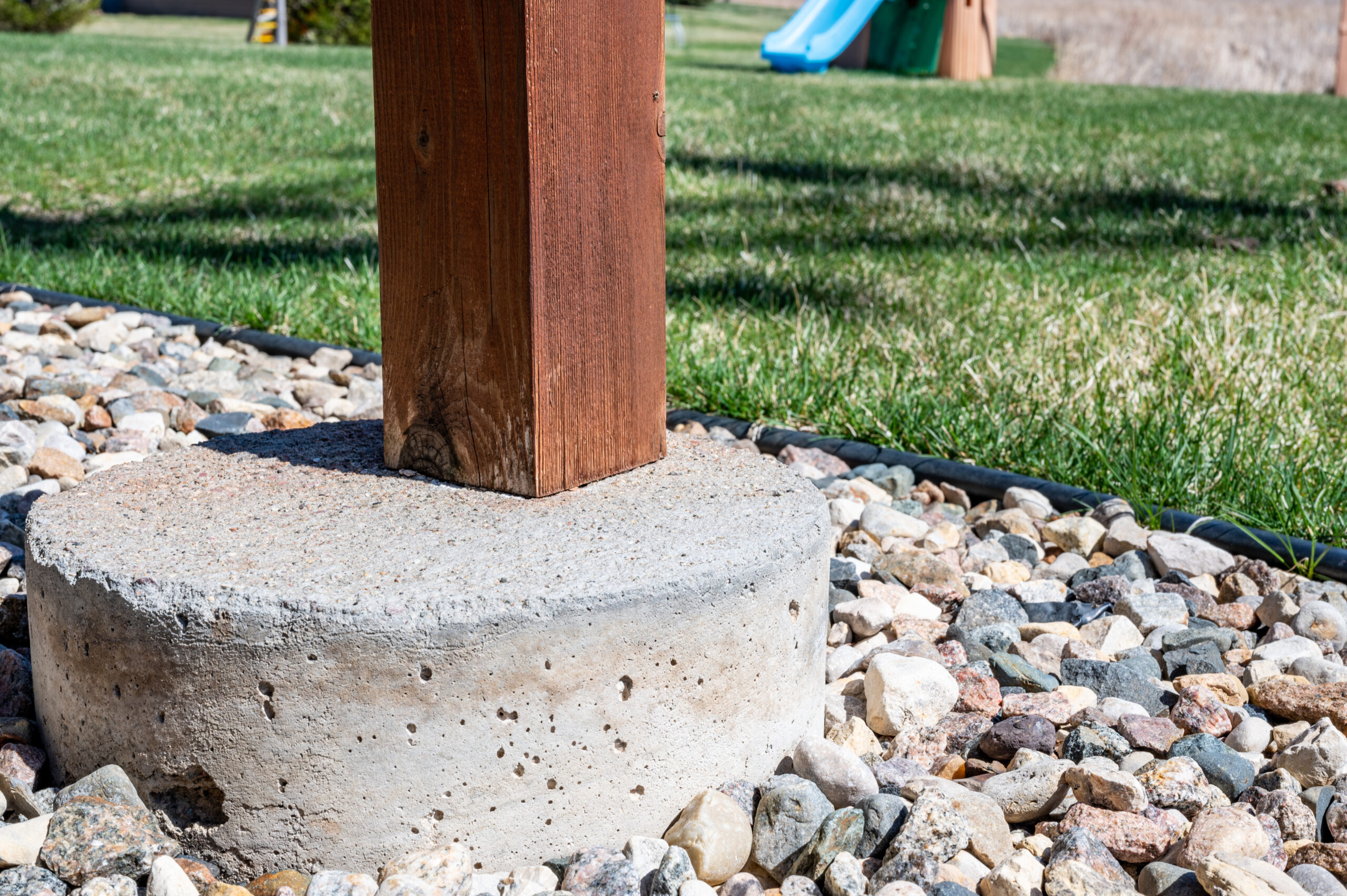
What Are Concrete Piers?
Concrete piers are large columns made of poured or precast concrete that support your foundation. These piers are typically installed by digging deep holes into the ground, placing the piers inside, and then filling the surrounding area with soil. In some cases, contractors use reinforced steel within the concrete for added strength.
Concrete piers are known for their affordability, making them a popular choice for foundation repair projects. They are also effective in certain soil conditions, especially where the soil is more stable and less prone to excessive movement. Additionally, because they have a larger surface area, concrete piers can distribute the weight of your home over a wider base, which can help reduce pressure on the foundation.
However, concrete piers don’t extend as deeply as steel piers, meaning they may not reach the stable soil layers or bedrock. In areas with expansive clay soils, this can be a disadvantage, as the piers are still subject to shifting and movement caused by soil changes. As a result, concrete piers may not provide the same level of long-term stability as steel piers in certain regions.
Key Differences Between Steel Piers and Concrete Piers
Both steel and concrete piers are designed to stabilize foundations, but they differ in terms of materials, installation methods, and performance. Here’s a closer look at how they compare:
- Depth of Installation: Steel piers are driven deep into the ground until they reach bedrock or stable soil, while concrete piers are typically installed at shallower depths. This makes steel piers better suited for areas with unstable surface soils.
- Durability: Steel piers are highly durable and resistant to corrosion, especially when made from galvanized steel. Concrete piers, while strong, may degrade over time due to soil moisture or other environmental factors.
- Installation Process: Steel piers require less excavation and are installed using hydraulic equipment, making the process faster and less invasive. Concrete piers involve digging larger holes and backfilling, which can take more time and disrupt your property.
- Cost: Concrete piers are generally more affordable upfront, but steel piers often provide better long-term value due to their deeper installation and resistance to future settling.
- Suitability for Expansive Soils: Steel piers are ideal for regions with expansive clay soils, like Arlington and Fort Worth, because they bypass the shifting surface layers. Concrete piers may not perform as well in these conditions.
When to Choose Steel Piers
Steel piers are the best choice if your home is experiencing severe foundation issues caused by unstable or expansive soil. They are also ideal for homes where deep, long-term stability is required. If you’re looking for a permanent solution and are willing to invest a bit more upfront, steel piers provide excellent durability and performance.
When to Choose Concrete Piers
Concrete piers are a good option if you’re working with a tighter budget or if your home is located in an area with more stable soil. They can effectively support smaller homes or lighter structures where deep installation is not necessary. However, in areas prone to soil movement, concrete piers may not be the best long-term solution.
Which Option Is Right for You?
Choosing between steel piers and concrete piers depends on several factors, including the condition of your soil, the extent of your foundation damage, and your budget. Consulting with a foundation repair expert is essential to determine which solution is best for your specific situation.
Here are a few factors to consider:
- Soil Conditions: Homes on expansive or unstable soils benefit more from steel piers.
- Budget: Concrete piers are a more affordable initial investment but may require more maintenance over time.
- Home Size: Larger, heavier homes often require the deep stability of steel piers.
If you’re looking for expert guidance on foundation repair, contact Discount Foundation Repair Specialists. We serve Arlington, Fort Worth, and Grapevine with tailored solutions to protect your home from shifting soils and foundation damage. Let us help you choose the right pier system for long-term stability and peace of mind.

